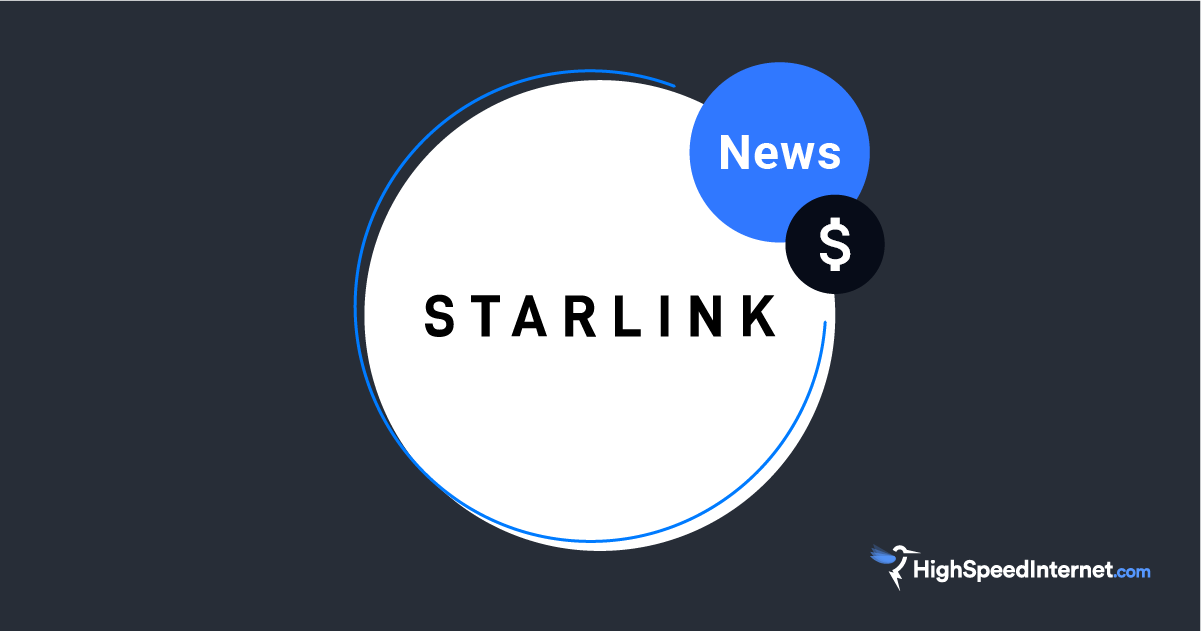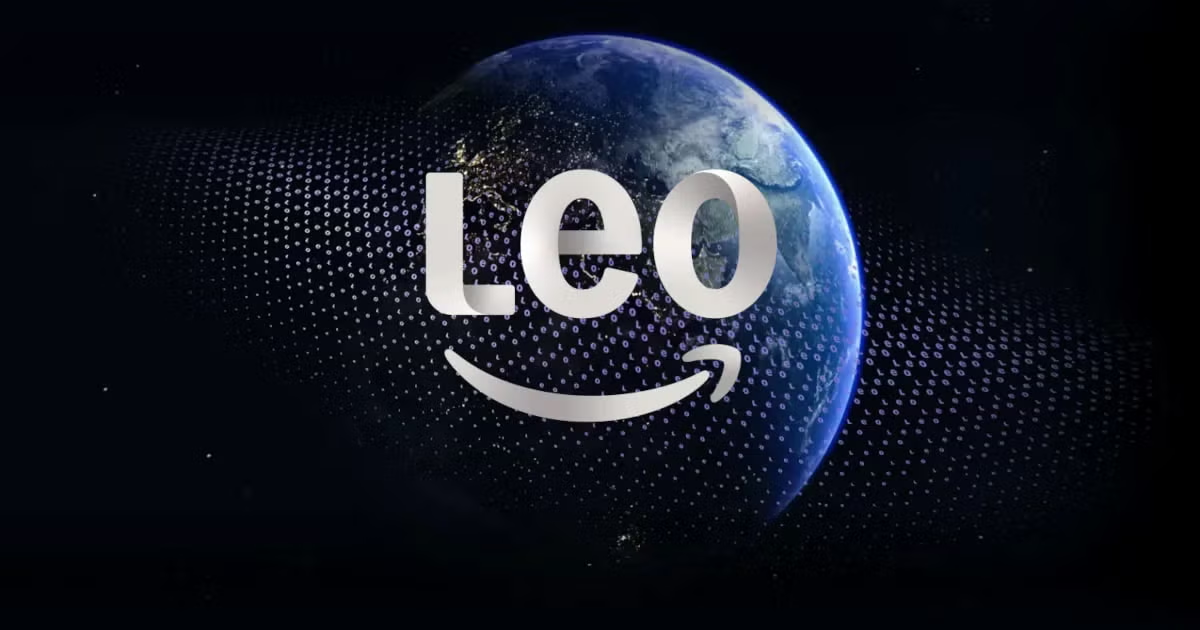How fast should your internet be? The FCC now says 100Mbps
Updated FCC definitions quadruple speed standards from 25Mbps to 100Mbps
Mar 14, 2024 | Share
Industry Exclusive/Entertainment, News
Download speeds of 25Mbps are no longer fast enough to fully participate in modern society, according to a report adopted today by the U.S. Federal Communications Commission (FCC). Instead, the agency has announced a new speed benchmark of 100Mbps for download speeds and 20Mbps for upload speeds for fully wired connections. In agency shorthand, that’s 100/20.
How fast is 100Mbps?
Download speeds of 100Mbps are fast enough to play games online, stream shows and movies in HD, and attend online meetings. They can support a household with beteween five and seven users.
Find out how much speed you need.
Future broadband speed goals
In addition to setting new standards for broadband deployment today, the commission set a future goal for download speeds of 1,000Mbps (1Gbps) with upload speeds of 500Mbps (1,000/500). It did not set a date for reaching the new speed targets, but several national fiber internet providers such as AT&T, Frontier, Google Fiber, Verizon, and Quantum Fiber already offer those speeds in certain areas.
The previous FCC Broadband standard of 25Mbps for download speeds and 3Mbps for upload speeds was set in 2015.
With the updated standards, the FCC’s assessment is that high-speed internet was not being deployed “in a reasonable and timely fashion” as of December of 2022. The report accounts for all Americans, including those in rural areas and people living on Tribal lands.
Who has access to high-speed internet?
According to the latest broadband map published by the FCC, 92.11% of households in the U.S. have access to fixed broadband of 100/20 speeds now, and 94.92% have access to fixed broadband speeds of 25/3. The data is imperfect for a variety of reasons—including that it comes primarily from internet providers themselves—but it’s much better now than it has been for the past several years.
It’s important to note that the speed gap is a lot greater in some regions than it is overall. For example, 95% of people in Idaho have access to 25Mbps today, according to map data, but only 83% have 100Mbps speeds. Rural states are the worst off, and they stand to benefit the most.
Looking for an easy way to test and track your internet speed anywhere?
Download our free, easy-to-use speed test app for quick and reliable results.
According to the 2022 data cited in the report, about 24 million Americans don’t have access to high-speed internet at the 100/20 level. About 45 million don’t have access to either 100/20 speeds or the 5G standard of 35/5.
Americans living in rural areas suffer the slowest speeds out there.
“We are particularly concerned that those living in rural areas are almost four times more likely than average Americans not to have access to advanced telecommunications capability,” the FCC report reads. “Those living on Tribal lands are almost three times more likely than average Americans not to have access to advanced telecommunications capability.”
Average cost of high-speed internet
According to the March 14 report, the average cost of a home internet plan with speeds of at least 100Mbps is $100 per month. That’s $70 more per month than the current federal subsidy of $30 per month. The data was not definitive.
Dissenting opinions among FCC commissioners
FCC Commissioners Brendan Carr and Nathan Simington voted against adopting the report. Carr’s reasoning was that the 2022 data was too old to be useful. He also thinks the new standard is an overreach by the FCC that goes beyond what lawmakers in the U.S. Congress intended.
Simington was pleased the new report mentions latency and jitter, but criticized the lack of inclusion of satellite internet in the new standard. He also criticized the long-term goal of 1,000/500, calling it unnecessary. It could lead to “a generation of wasteful spending,” he said.
Two other commissioners and Chairman Jessica Rosenworcel voted in favor of the change.
Commissioner Anna Gomez, who often addressed the audience in the Spanish language, was one of the approvers.
“Updating the FCC’s benchmark to 100/20Mbps reflects the reality of the market and consumer needs in today’s increasingly connected world,” she said. “But, more must be done to connect the 24 million consumers currently not served by high-speed broadband.”
Gomez, like other commissioners, also spoke about failure by the U.S. Congress to allocate additional funding for the Affordable Connectivity Program (ACP). Learn more about the program to provide cheap internet to low-income families in our expert resource library.
What’s next for the FCC?
The agency plans to use its new benchmarks to decide where to spend taxpayer money on broadband infrastructure projects. Usually, these projects are private-public partnerships, meaning some of the money for construction comes from taxes and some comes from internet service providers. When projects are complete, the internet providers own the infrastructure.
The only actionable statement in the report is that deployment of new speeds “must occur in rapid fashion so as to not leave large groups of Americans without access to broadband.”
The full FCC report on the new speed standards is available on the agency’s website.
Staff Writer Peter Christiansen contributed to this article.
Author - Chili Palmer
Chili Palmer covers home tech services, with a special focus on understanding what families need and how they can stay connected on a budget. She handles internet access and affordability, breaking news, mobile services, and consumer trends. Chili’s work as a writer, reporter, and editor has appeared in publications including Telecompetitor, Utah Business, Idaho Business Review, Benton Institute for Broadband & Society, and Switchful.com.
Editor - Rebecca Lee Armstrong
Rebecca Lee Armstrong has more than six years of experience writing about tech and the internet, with a specialty in hands-on testing. She started writing tech product and service reviews while finishing her BFA in creative writing at the University of Evansville and has found her niche writing about home networking, routers, and internet access at HighSpeedInternet.com. Her work has also been featured on Top Ten Reviews, MacSources, Windows Central, Android Central, Best Company, TechnoFAQ, and iMore.




